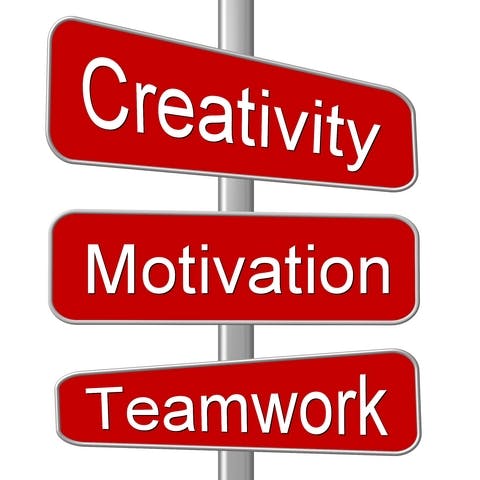A recent Newsweek article titled “The Creativity Crisis” points to research that shows for the first time that American creativity is declining, most seriously in younger children. It goes on to say that in order to combat this decline we need to focus on how creativity requires the constant blending of both divergent thinking (generating many unique ideas), and convergent thinking (combining those ideas into the best results).
Creativity is crucial for the continual development of this country’s economy. As Newsweek points out, teachers and parents need to encourage creative thinking in their students and children — and HR leaders must do the same with their employees.
Every company is different and has different levels of innovation. I was talking with an HR professional a few weeks ago who loves how Google lets a percentage of each employee’s work week to be spent on projects outside their regular job duties.
But, Google happens to be a billion-dollar company with tons of cash and thousands of employees; their business IS innovation. Equally, it’s easier for computer programmers to produce innovative strategies since their daily duties require creative thinking. Compare this to the average company whose staff is working 55 hours a week and are making $65,000 a year. In that environment, generating creativity is not quite as easy.
The question is, “How can a leader inspire ideas and thoughts that encourage creativity?”
All CEOs would love to have people at every level who voice their ideas AND take the initiative to implement those ideas. However, there are few people who have the confidence or drive to do this. In addition, we don’t know the relationship that staff has with their managers. There are many CEOs who claim they want ideas from the staff, but then demand unrealistic results in set time frames, leading to managers forgoing new ideas in the sake of increasing billings.
Are they ideas, or just complaints?
In my company, I have implemented a staff council where I meet with five to 10 staff level employees for 90 minutes twice a month. These meetings accomplish several things. First, by taking the time to listen to my employees, it proves to them I value their opinion. Second, I find out information that I wouldn’t have otherwise.
For instance, I learned there was a major malfunction with our main database, slowing the daily duties of our recruiters. This issue was getting road blocked by a member of my team (who is now no longer with us). But lastly, through these meetings my staff begins to start thinking on a larger scale and on their own time. They think about: How can the company improve? What can I do outside of my daily duties? They feel like…and are…innovators of our company’s growth.
When it comes to suggestions and ideas, I believe people MUST put their names to things. When children have an idea, it isn’t by blind vote or suggestion box; they ask questions and yell from the roof tops. The key issue is this: what most employees claim to be ideas are really just complaints. Asking for more flexible hours or to wear sandals to work is not the creativity anyone is looking for.
Instead, creating new ways to attack problems or new strategies to work effectively with clients are ideas we should be acknowledging. As CEOs, we need to reward our employees in public and in front of their peers for productive, creative thinking and new ideas. Recognition, no matter how small, is what people want.
Do you know what other departments do?
I’m a big believer in putting people who don’t usually socialize together on teams — Baby Boomers with Gen Y (Millennials), operations with sales, HR with finance. Change throws people off, and that’s a good thing.
It amazes me, even in companies with less than 50 people, how little people know about what other departments do. For example, I have gained valuable information about my company, staff, and clients by talking to the people who work at our reception desk. They see how our staff interact with each other, they know which guests are rude or nice, and they work in the database and see problems from a very different perspective.
When you only talk to people at the same level and same department as you, many ideas get lost. A VP of one group talking to a VP of another group can illustrate protectionism. When you get leaders of one unit talking to staff of another, that’s when creativity can run wild!
